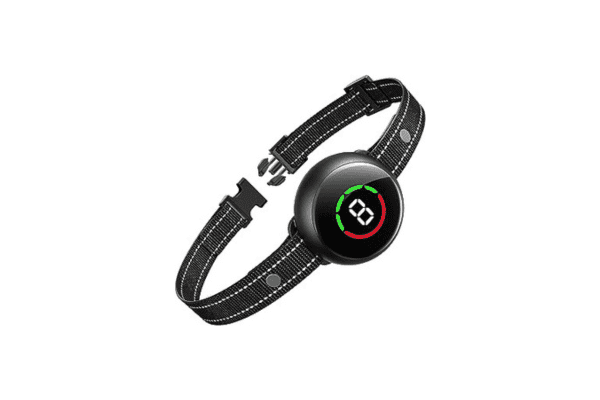Are Shock Collars Cruel? A Comprehensive Look
Are Shock Collars Cruel?
Shock collars, also known as e-collars or e-collars, are devices commonly used in dog training. Sends an electric shock to the dog when the remote control or automatic sensor is triggered. While some trainers and pet owners are convinced of their effectiveness, others are concerned about their ethics and potential effects on animals. In this comprehensive study, we will take a closer look at conflicts, their effects on dogs, and other training methods.

The Debate: Cruelty vs. Effectiveness
The Case Against Shock Collars
- Physical Discomfort and Pain: Shock collars cause discomfort and pain to dogs. The electric shock can be distressing, leading to fear, anxiety, and even aggression. Imagine the sensation of a sudden jolt coursing through your body—it’s no different for our canine companions.
- Lack of Positive Reinforcement: Positive reinforcement is a proven method for effective dog training. Shock collars rely on punishment rather than rewarding desired behavior. Dogs learn best when they associate good behavior with positive outcomes.
- Unpredictable Outcomes: The intensity of the shock can vary, making it difficult for dogs to associate the punishment with specific behaviors. Inconsistent feedback hinders their learning process.
- Risk of Misuse: In inexperienced hands, shock collars can cause unintended harm. Accidental shocks due to technical glitches or misjudgment can traumatize dogs and erode trust.
The Case For Shock Collars
- Quick Results: Advocates of shock collars argue that they yield faster results compared to positive reinforcement alone. The immediate consequence may deter unwanted behavior swiftly.
- Off-Leash Control: E-collars allow off-leash training, which can be essential for certain working dogs or hunting breeds. However, this benefit must be weighed against the potential harm.
- Consistency: Unlike verbal commands, the shock is consistent and immediate, reinforcing the desired behavior. Some trainers find this predictability advantageous.

Alternatives to Shock Collars
- Positive Reinforcement: Embrace positive reinforcement techniques. Use treats, praise, and toys to reward good behavior. This approach builds trust and strengthens the bond between you and your dog. Remember, a happy dog is a motivated learner.
- Clicker Training: Clicker training is a powerful tool. The distinct click sound marks the desired behavior, followed by a treat. Dogs quickly associate the click with positive outcomes.
- Target Training: Teach your dog to touch a specific target (like your hand) for rewards. Redirect behavior effectively by focusing on what you want them to do.
- Desensitization and Counterconditioning: Gradually expose your dog to triggers (e.g., other dogs, loud noises) while rewarding calm behavior. Over time, they’ll associate these situations with positive experiences.
6 Reasons Not to Use a Shock Collar

- Ethical Concerns: Shock collars raise ethical questions about causing unnecessary pain to animals. Compassionate training methods prioritize the well-being of our furry friends.
- Negative Impact on Trust: Shock collars can damage the trust between you and your dog. A fearful or anxious dog may become hesitant to engage with you.
- Limited Understanding: Dogs may not fully understand why they receive shocks. This lack of clarity can lead to confusion and stress.
- Potential Aggression: Some dogs may associate the shock with nearby people or other animals, leading to aggression.
- Risk of Overcorrection: Shock collars may overcorrect minor issues, punishing dogs excessively for minor infractions.
- Long-Term Effects: The cumulative impact of repeated shocks on a dog’s mental and emotional well-being is a cause for concern.
Are Shock Collars Inhumane?
The debate over shock collars centers on their humane treatment of animals. While proponents argue for their effectiveness, opponents emphasize the potential cruelty. As responsible pet owners, we must carefully consider the impact on our beloved companions.
The Shocking Truth About Electronic Collars
Electronic collars, despite their convenience, come with risks. The truth lies in balancing training goals with compassion. Let’s prioritize methods that build trust, understanding, and a positive relationship with our dogs.
Conclusion
The use of shock collars in dog training is still very controversial. Although it provides quick results, the potential harms and ethical concerns outweigh the benefits. Shock collars can cause fear, anxiety, and aggression in dogs, breaking the bond between pet and owner.
Responsible training should prioritize positive, humane methods such as positive reinforcement and clicker training. This approach builds trust, encourages good behavior, and ensures your pet’s well-being. Let’s choose compassionate training methods that keep our dogs happy, healthy, and well-adjusted while prioritizing their safety and emotional health.







